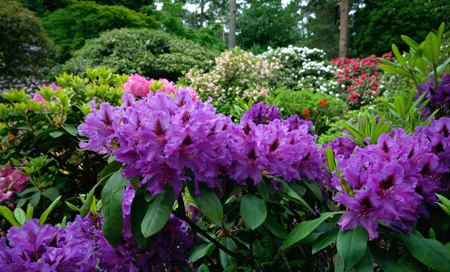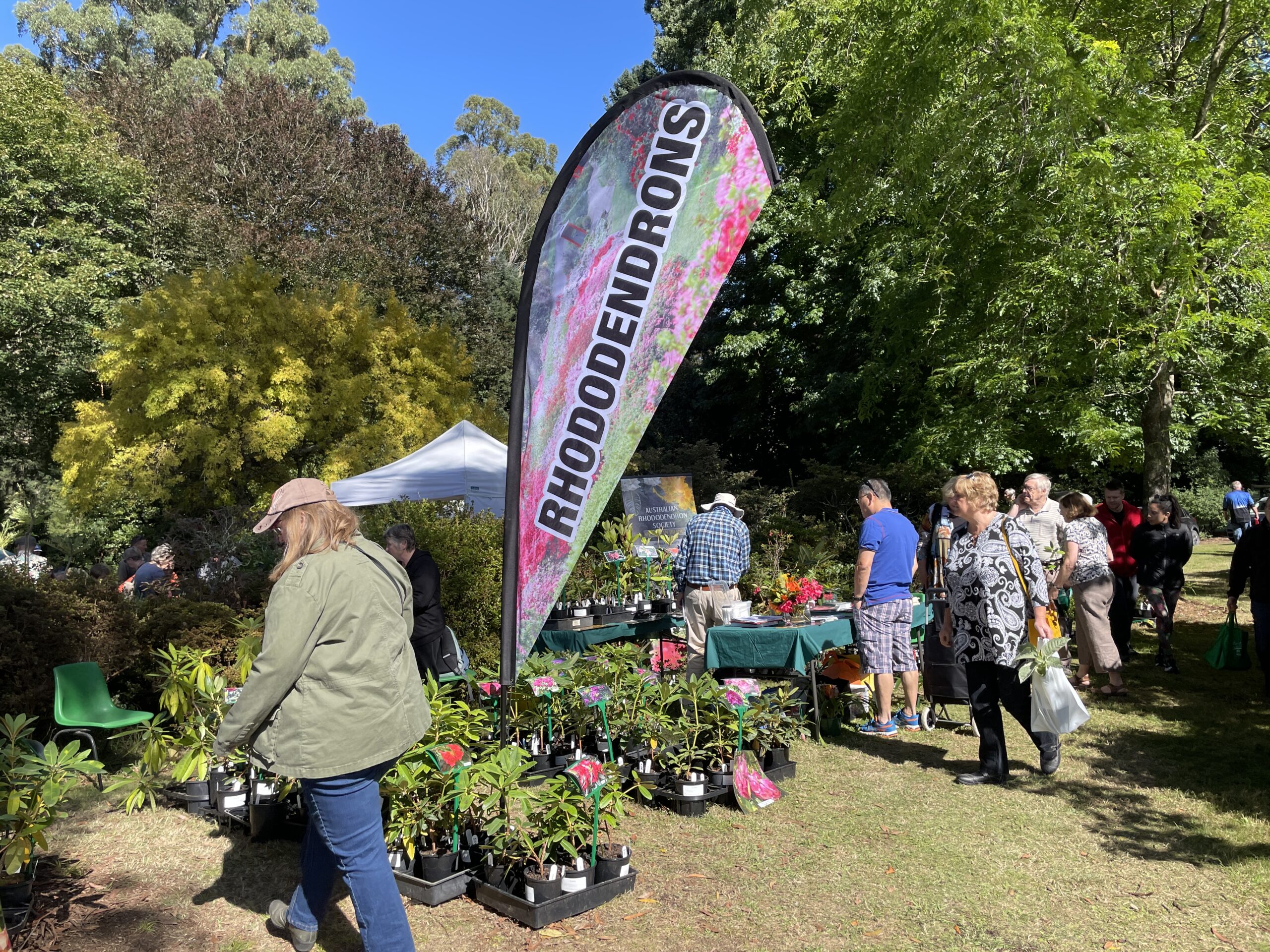Guest Article RHODODENDRONS NOT IN THE BOOK
INTRODUCTION
New species of Rhododendrons are constantly being discovered and described and our garden oriented books are hard pressed to keep up with them. Here is a selection of species described in the last ten years – it is certainly not comprehensive and it is unlikely any are available in Australia at the moment. I could find no pictures of any of these on the net so, for photos, the reader is referred to the papers in which they are described - most of which are available on the web.
The first three species are from western China.
Rhododendron huangpingense Xiang Chen & Jia Y. Huang
This is a large species growing to over 5 m high discovered in 2008 on the slopes of the Baili Rhododendron Nature Reserve, Huangping County, Guizhou, China at 1,679 to 1,719 m elevation (Chen et al. 2010). In the original description it wad described as growing “...in thickets dominated by R. delavayi Franch. and R. agastum Balf. f. & W. W. Sm.” It may be extremely rare. Chen et al. (2010) state, “Since only two populations and a total of five mature individuals of this species were found in the area where the type collections were made, we make a preliminary conservation assessment for the species as Critically Endangered (CR)”. It has rose coloured, funnel form to campanulate flowers with deeper rose flecks, in heads of eight to eleven flowers. Chen et al. (2010) present a comparison table with R. oreodoxa var adensotyla and R. decorum, which are similar species.
R. lilacinum Xiang Chen & X. Chen
In the same publication Chen et al. (2010) describe R. lilacinum, again from the Baili Rhododendron Nature Reserve but in a narrow altitudinal band around 1,673 m elevation. This is a small deciduous species up to 2m tall in the section Tsutsui and is similar to R. simsii. It differs from that familiar species in having a longer pedicel and calyx, and smaller flowers (2 cm vs. 3.5 to 4 cm), which are pale purple with purple flecks rather than red. The small flower heads consist of two to three flowers. It was found growing in thickets dominated by R. delavayi, R. irroratum, Franch., and R. agastum, and Chen et al. (2010) describe its conservation status as “... Endangered, (EN) ... since approximately 10 populations, and fewer than 200 mature individuals were found in the area where field observations were conducted.”
For the complete article download the pdf


Latest Newsletters
- Emu Valley
- ARS Victoria
- Emu Valley
- ARS Victoria



